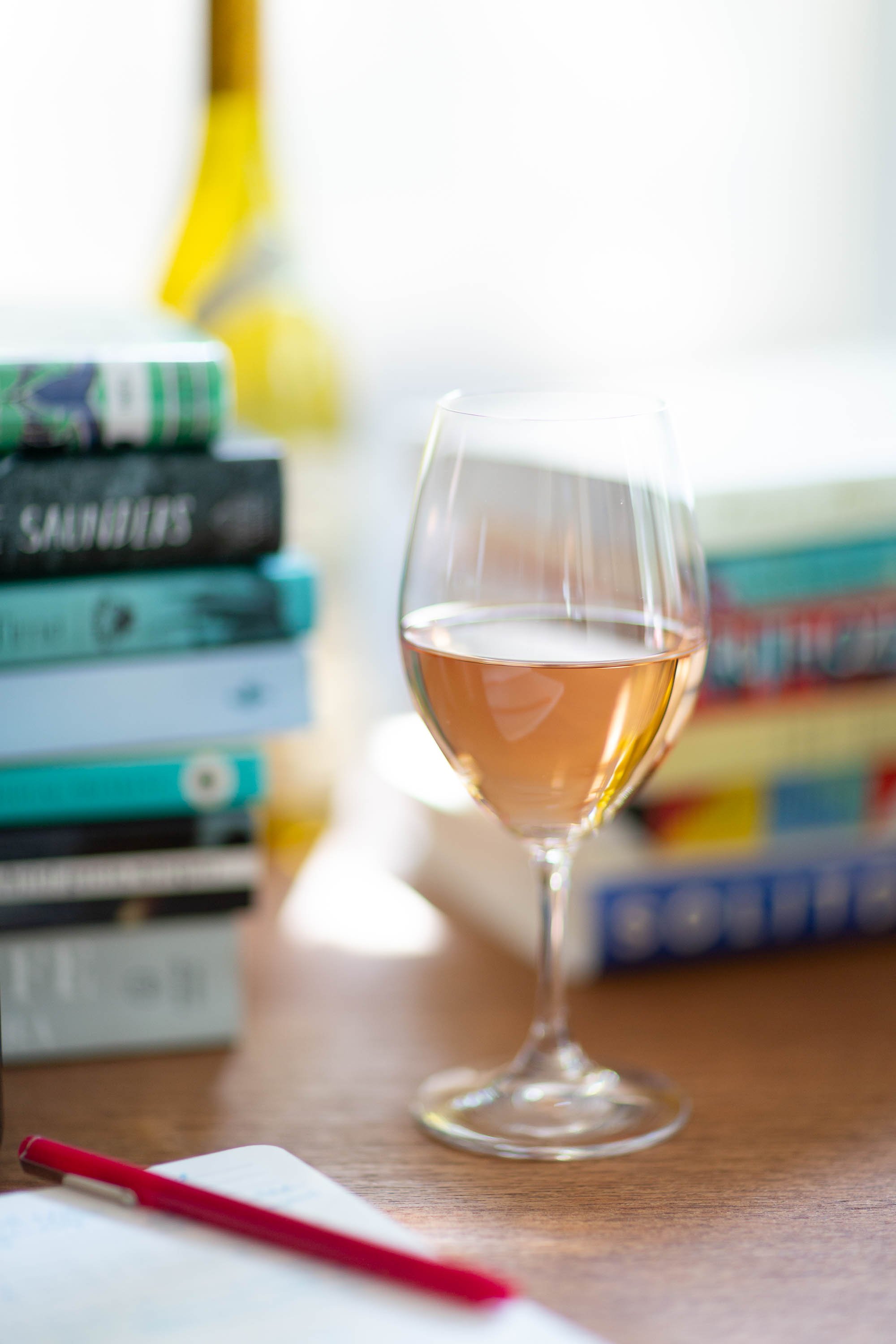FAQs
What if I can’t find the wine you recommend?
There are endless interesting wines to taste, so don’t worry if you can’t find the specific bottle I recommend for a pairing. Read through the tasting notes and think about the characteristics in the wine that appeal to you. Then visit your local wine shop and talk with one of the wine specialists about finding something similar to my recommendation.
And, if you try a wine that you really enjoy, please share your recommendation with me. I’m always on the lookout for delicious, new wines to taste.
Are you available to make a pairing recommendation for my bookclub?
Yes! Just give me enough time to read your bookclub’s book, and I can make pairing suggestions and provide tasting notes to your group.
How can I get better at tasting and evaluating wine?
Practice, practice, practice. We can all learn to evaluate wine – you don’t need to be a “super taster.” It’s helpful to use the same process each time you taste and to take good notes to help you remember the wines. You’ll want a bright, odor-free environment and clean, clear glassware with slightly inward sloping walls to capture aromas.
These are my favorite tasting glasses for all wines (red, white, rosé and sparkling): Riedel Ouverture Red Wine
I follow the Wine & Spirit Education Trust’s “Systematic Approach to Tasting Wine.” Pour a 2 oz sample. Hold the glass at a 45 degree angle above a white surface to examine the color and intensity. Next, swirl the glass and take a few small sniffs to identify aroma characteristics, development and intensity. And finally taste the wine. Think about sweetness, acidity, body, alcohol and tannin (red wine). Also, consider flavors, flavor intensity and the finish. Give yourself enough time to analyze everything. Then, put it all together and evaluate quality by assessing the wine’s balance, length, intensity and complexity.
While it can seem overwhelming at first, it’s a lot of fun, and it gets easier with practice.

